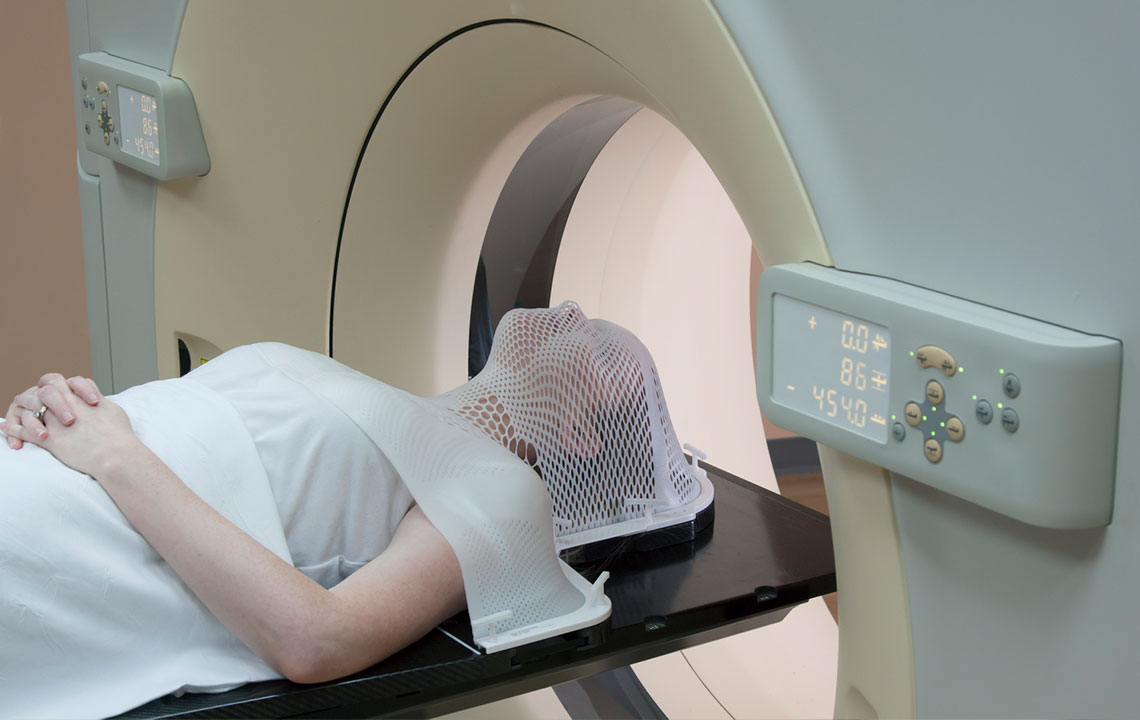Medical Diagnostic and Provisions to Improve Its Accuracy
In the medical world, diagnosis is a term used for procedures doctors and medical practitioners take to determine the nature of the disease or a disorder and distinguish it from other possible conditions. A diagnostic procedure helps health professionals take one disease over other possible diseases and start working on treating its symptoms with the intention of curing the disease of its roots.
Traditionally, a medical diagnostic procedure includes systems that are required for automated testing, reagents used for biological testing and identifying the type of bacteria or virus to measure certain hormone or marker of disease, and software that help process and interpret biological test results.

The medical diagnostics are a part of medical tests that are designed to find medical conditions, diseases, and infections. These medical tests come under vitro medical diagnostics, which are tests done on samples of blood or tissues taken from a patient’s body. The role of a vitro diagnostic test includes microorganism that may be causing an infectious disease and to help doctors understand the most appropriate treatment.
Role of medical diagnostics
Medical diagnostics tests help improve patient care, contribute to consumer safety, and help doctors save money on many treatments to cure a disease.
- Medical diagnostic improving patient care
Diagnosis involves screening which can prevent disease, especially an early stage diagnosis can prevent complications.
Food processing, pharmaceutical, and cosmetic companies use the specific medical diagnosis to check the quality of products and protect consumer safety.
The right diagnosis helps doctors take the right decision to use the most accurate treatment and saving cost and time by eliminating other treatment options.
Steps involved in medical diagnostics
Some medical conditions follow a short and simple diagnostic journey where the condition is identified in just a few steps. For such conditions, doctors often check the symptoms before asking for any diagnostic tests.
In illnesses where there is an underlying medical condition, doctors feel the need to run a long diagnostic test that would help them narrow down the symptoms to their root cause.
Medical diagnostics can be disastrous if it isn’t taken properly or there have been a couple of missteps that led to misdiagnosis. As the number of diagnostic steps increases, the chances of misdiagnosis also increase. This makes it important to learn the diagnostic process together with cognitive and system errors that often occur at each diagnostic stage.
Medical researchers have categorized the diagnostic process in three steps.
- Assessing initial diagnosis
In this step, doctors check a patient’s history, take a physical exam, evaluate the patient’s primary complaint and symptoms, and perform differential diagnosis, and order diagnostic tests. - Diagnostic testing
This step includes the performance of test results followed by interpretation and communication between the doctor and the patient. - Referring, consulting, treating, and following-up
This step involves following up with the treatment and results, referring and consulting other doctors, and discharging the patient upon successfully treating them.
This is how the medical diagnosis steps are supposed to flow through every case, however, most misdiagnosed cases are a result of malpractice as per the certain study. To avoid or fix misdiagnosis, doctors often opt for differential diagnosis.
The prominence of differential diagnosis in medical diagnostics
For most medical cases where traditional diagnostic methods fail to reveal the actual disease or condition, doctors go for the differential diagnosis procedure. In differential diagnosis, doctors integrate the information they gathered from the patient’s complaints, physical exam, history, and risk factors of the condition. Differential diagnosis is one of the most critical methods as the errors that physicians made in earlier steps of the diagnosis could hamper the results of differential diagnosis.
Reasons for diagnostic errors
While diagnostic errors have their share of patient deaths, it is important to note that it is not always the physician’s fault and there are other reasons for the same.
- Lack of efficient use of health information technology (Health IT)
- Gaps in communication between the physician, patients, and their families
- Non-supportive healthcare work system towards the diagnostic process
Over time, a collaboration of medical science and artificial intelligence (AI) have come up with machine learning for medical diagnostics with the intention of increasing the accuracy of diagnosis processes.
Machine learning and medical diagnostics
There are now several machine learning diagnostic applications that fall under four main categories to help physicians carry out accurate diagnostic process.
- Chatbots
Many companies use AI-chatbots that include speech recognition that identifies patterns in a patient’s symptoms to perform the diagnosis and prevent disease. - Pathology
While pathology is a medical specialty that diagnoses the disease based on a lab test of bodily fluids, machine intervention has been introduced to enhance efforts of pathologists to get accurate results. - Oncology
Researchers work using deep learning to build algorithms that will recognize cancerous tissues the way a trained physician does. - Rare diseases
Here researchers developed a facial recognition software using machine learning to help physicians or clinicians diagnose rare diseases. The program analyzes the patient’s photos and detects phenotypes that correlate with the genetics of rare diseases.

